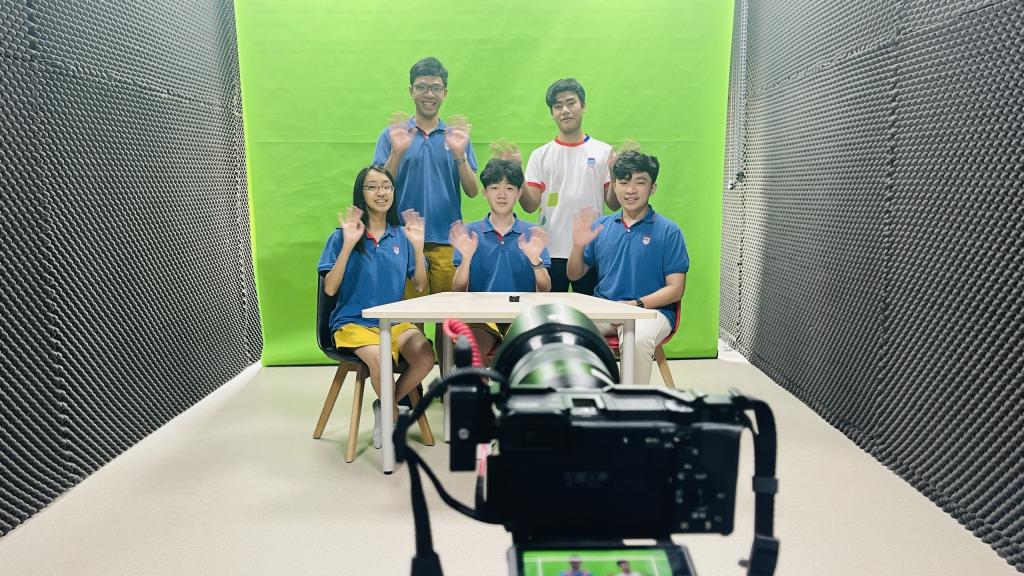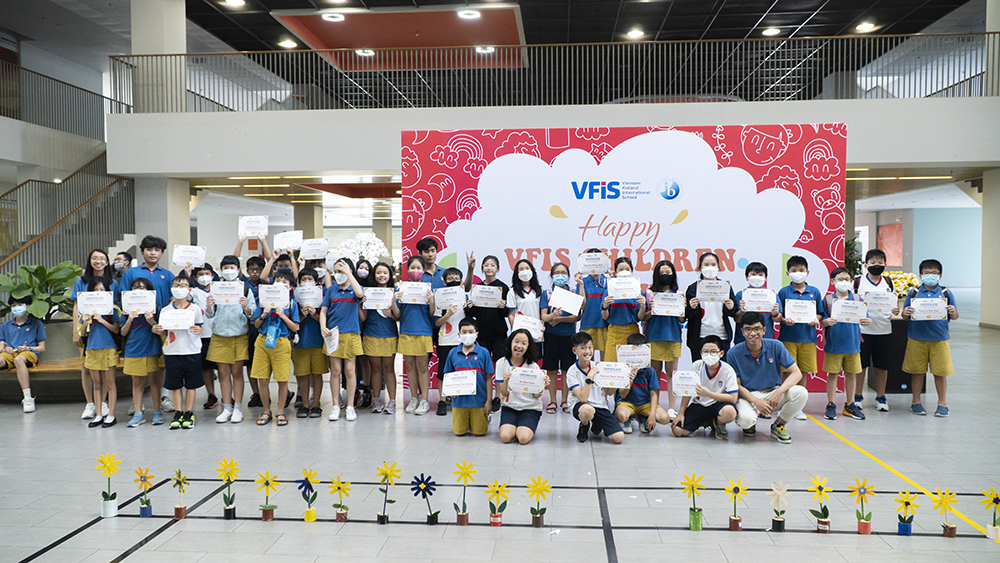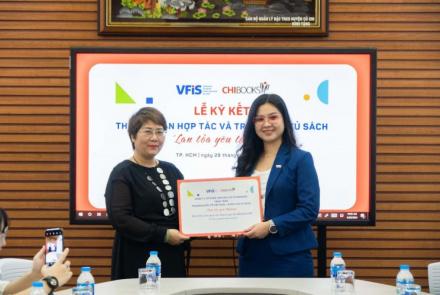The Daisy Project - Where children are, Where love is
The Daisy Project was established by students of VFIS (Vietnam-Finland International School) dated January 2, 2022. With the purpose of helping students learn about children›s rights and learn the proper ways to behave in daily life. Most importantly, they will learn more about violence (abuse) agaisnt children and the prevention of violence (abuse).

Meaning
White Daisy flowers with yellow stigmas symbolise the incarnation of a child and represent purity, innocence, resilience, strength, and vitality.
Mission
The Daisy Project works intending to raise children›s level of understanding and awareness about violence (abuse) against children. At the same time, propose effective solutions based on actual research and survey data to help them improve their ability to observe and handle situations if they, unfortunately, fall into certain violent conditions.
Message
Let’s join hands to create a bright future where your children become happy and feel love deeply.
Objective
With the motto «where children are, where love is.» The Daisy Project envisions a future in which no children are vulnerable and where articles about tragic events like children who have been abused, beaten or subjected to emotional pressure no longer exist. We want to live in a world where children always smile with happiness, where they look forward to coming home after a long day at school, and where children are cherished, cared for, and loved.

United Nations Convention on the Rights of the Child
The United Nations Convention on the Rights of the Child, or UNCRC, is the basis of all of UNICEF›s work. It is the most fulfilled statement of children›s rights ever produced and is the most widely-ratified international human rights treaty ever.
The Convention has 54 articles covering all aspects of a child›s life and sets out the civil, political, economic, social, and cultural rights that all children are entitled to. It also explains how adults and governments must work together to ensure all children can enjoy their rights.
“Every child has rights, whatever their ethnicity, gender, religion, language, abilities, or another status.» UNICEF (1989), Convention on the Rights of the Child.“
Identifying and preventing violence
Family is always the first cradle for a child to grow up as a human being and the core foundation for a child›s future development. Therefore, Grandparents and Parents must be role models for children to follow.
The young families must especially conduct effective communication and understanding and civilised manners to prevent the children from violence.
After the family home, school is a place where children are nurtured and educated with knowledge and skills for life. Dissemination to parents and students about the care and education of children and students aims at warning about signs of abuse and consequences to increase vigilance.
The education sector thoroughly grasps the issues to teaching staff, staff building school culture, prohibiting acts of violating teacher ethics, and preventing school violence and social crimes from entering the school.

Gender education for children
Gender education for preschool and primary school children is essential to help children protect themselves while the problem of pedophilia and sexual abuse in children is increasing day by day.
Fundamental life skill for children
To get the best results in orienting, training and fostering life skills for children, Parents must understand their children as the necessary life skills education knowledge. Each child has different abilities, some are born with more confidence than other children, some are easier to get along with their friends. Fostering children with life skills and good habits is not an overnight thing but a process of choosing the right time for the child›s age to get the best results.
More informations about The Daisy Project here






